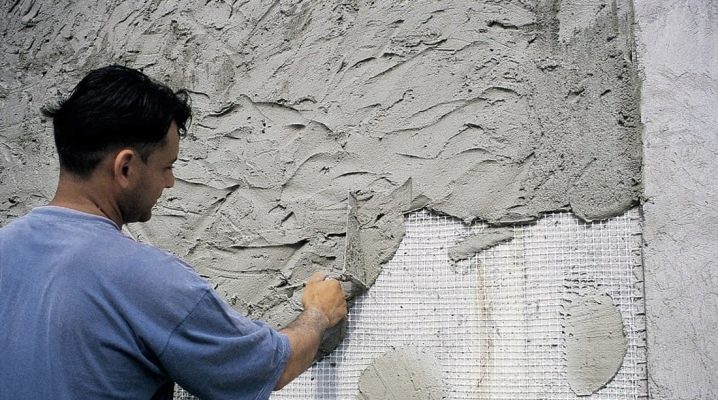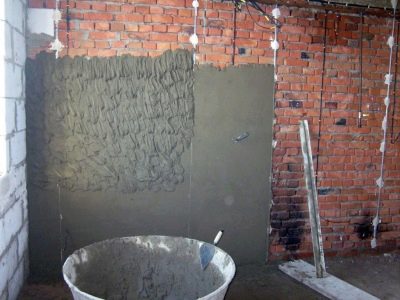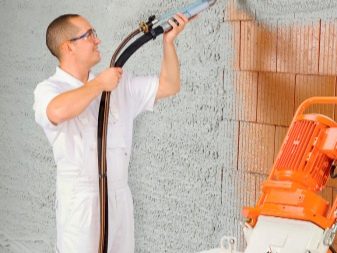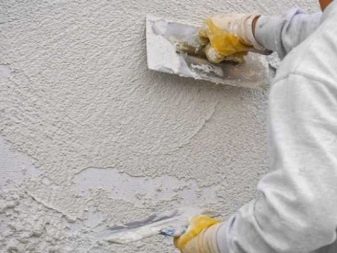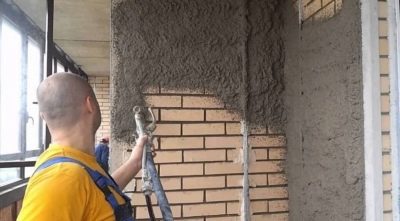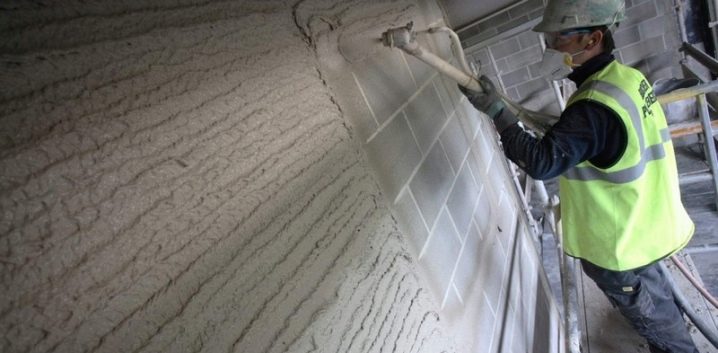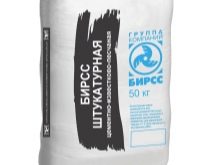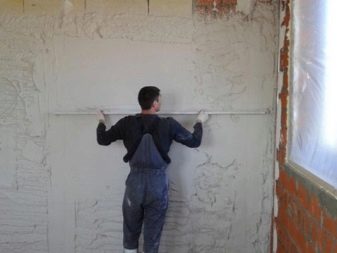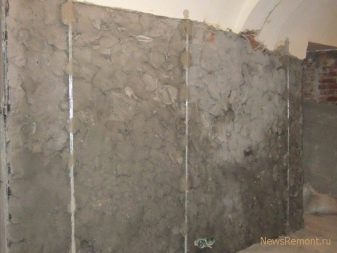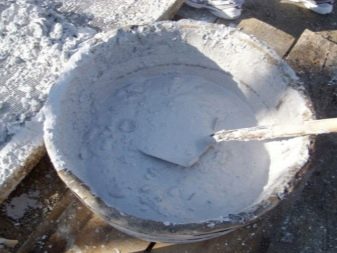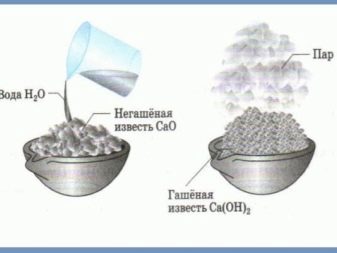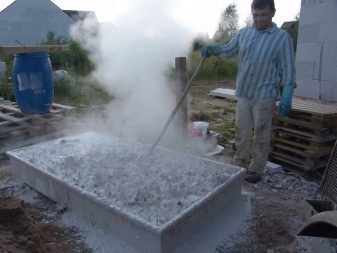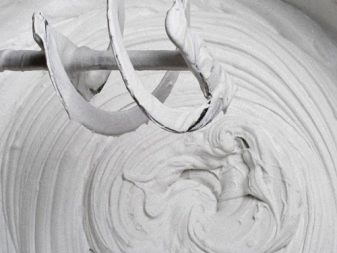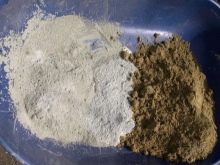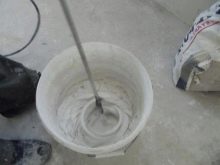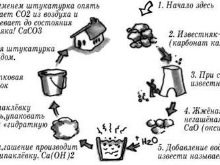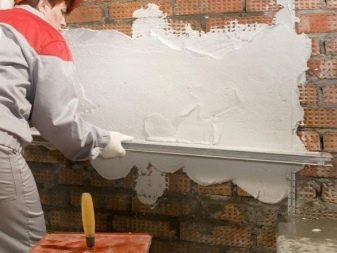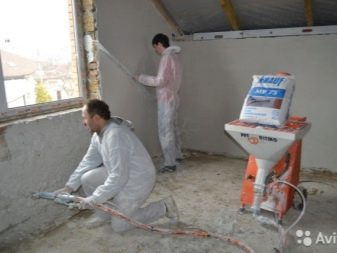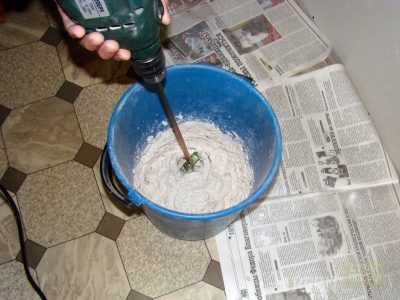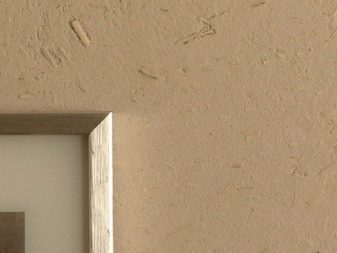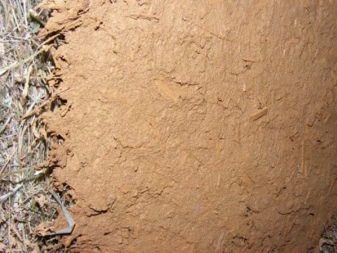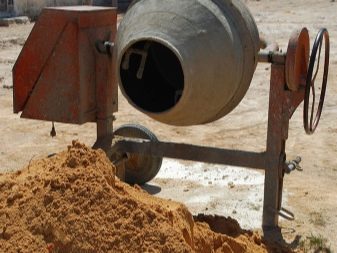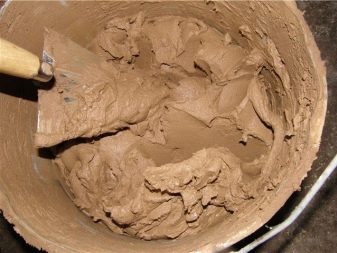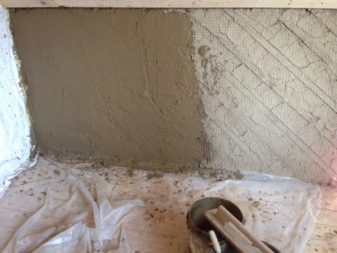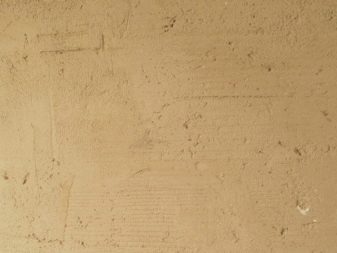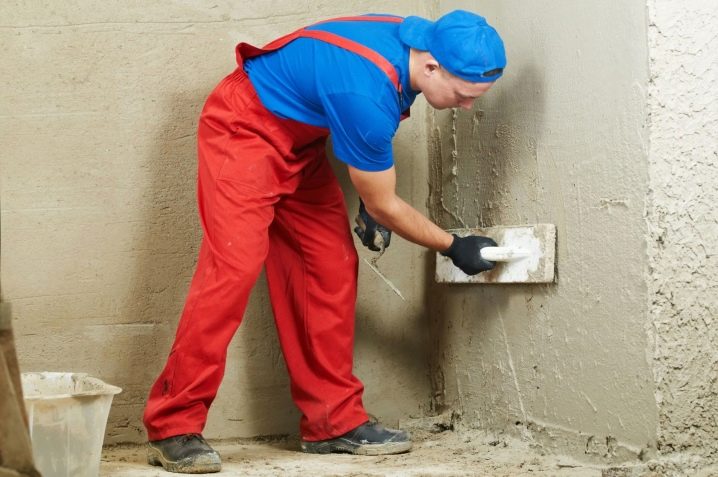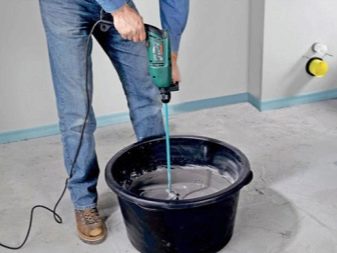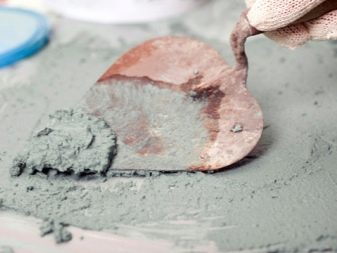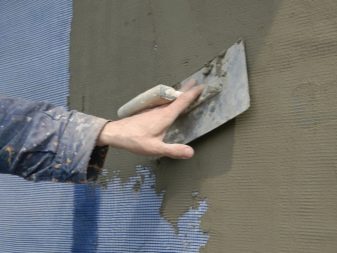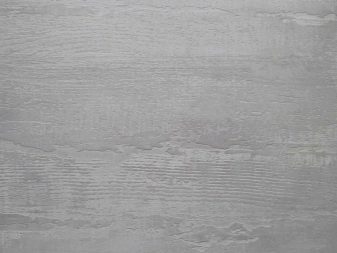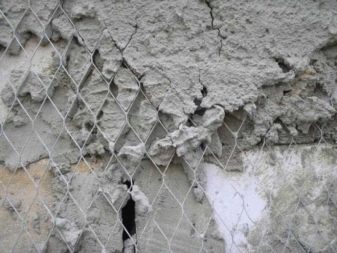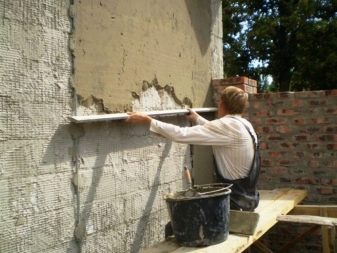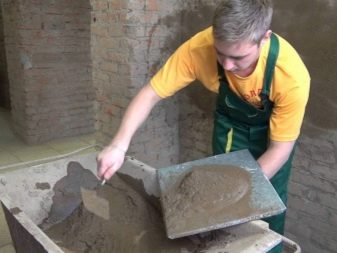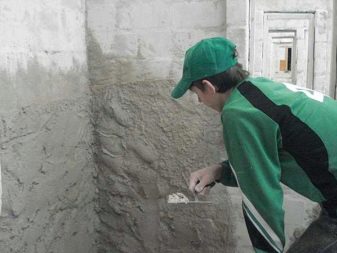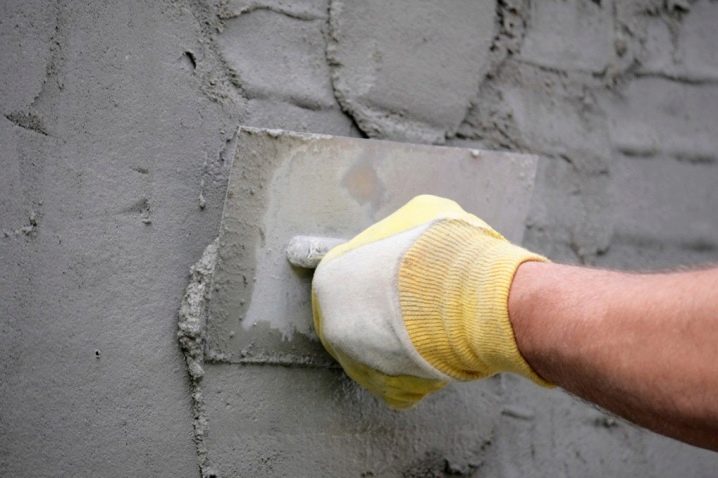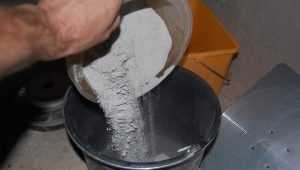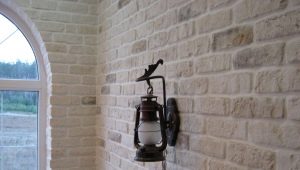Where is lime plaster used?
Putting plaster refers to the work of decorating and leveling grounds. Today, consumers use different materials for these purposes, but many prefer formulations based on lime. Lime plaster has been used for several decades, so such compositions are considered classic finishing materials.
Scope of use
Lime plastering materials can be used for the treatment of interior and exterior walls. Such coatings are suitable for industrial, commercial, public, residential premises. They can be used for application on plinths, they are also suitable for closed balconies.
When using lime plastering materials, certain limitations should be taken into account.
- Lime-based material will not work if you want to attach appliances or any pieces of furniture to the base.
- It is not recommended to use lime plaster in rooms where humidity is too high. These are bathrooms, basements and so on.
Advantages and disadvantages
Lime-based plaster has many advantages. Among the most significant benefits for consumers, which are often noted in the reviews, there are several.
- Lime is suitable for a variety of reasons. Such plasters can be applied on plasterboard, wood, brick, concrete surfaces.
- Water will not accumulate under the coating, because lime plastering materials may leak steam.
- It is easy to work with such coatings, because they are very elastic.
- Dry material has excellent thermal insulation properties. Because of this, you can not care about additional insulation of the room.
- If the plaster was applied correctly, then the mechanical impact on the coating will not appear cracks.
- Since this material is alkaline, it is resistant to harmful bacteria, fungi, mold. Protective action is one of the main advantages of this coating.
- Lime-based plaster does not support flame propagation, does not ignite.
However, lime plasters have some drawbacks.
- To create such material, it is necessary to prepare hydrated lime. You can do it yourself, but it usually takes about 14 days.
- The drying of such coatings takes a lot of time, and it is possible to cover the surface with the next layer of plaster only when the previous one becomes completely dry. Application of lime based material in one room can take a long time.
Lime slaking
To effect lime slaking, you need to prepare:
- a tool with which you can stir the composition;
- cold clear liquid;
- lime;
- plastic container.
Quicklime should be placed in a container. Then you need to add liquid to it. Lime should be covered with moisture, but the water in the tank should be no more than 30% of its volume. When the lime is combined with the liquid, as a result of the reaction, the water will begin to splash heavily, so you should work in glasses, thick clothes and gloves. The first stage will end in a few minutes.
After that, add some more liquid. Cover the container where the lime is located and wait about an hour. Then add more water and leave the lime to infuse for two weeks.
Contacting with air, lime can harden (carbonization occurs), therefore it is recommended to place it in a well-closed container.
Different cooking methods
The cheapest and easiest lime-based plaster can be made performing several consecutive actions.
- Take a sieve and grind the hydrated lime through it. To get the dough, add some liquid.
- Add sand to lime (proportions - three to one).
- Stir the composition, wait about half an hour, mix it thoroughly again.
After this lime-sand plaster material will be ready. To improve the quality of the material, you can add other binders.
Gypsum
This plaster can only be used to finish the internal walls, because it does not differ in increased resistance to the effects of a liquid. Gypsum coatings dry very quickly. The gypsum-based plaster begins to harden within a few minutes after preparation, and after 30 minutes it becomes completely frozen. The formation of a completely hardened coating occurs within two days. It turns out quite aesthetic, which allows you to do without additional decoration.
Since lime and gypsum-based materials dry out very quickly, it is recommended not to prepare too much plaster right away. For one time enough 5 liters.
Preparation of gypsum plaster is carried out according to a certain scheme.
- Grind the slaked lime and add some liquid to it.
- Place the mixture in the container and add plaster there (1 l is enough).
- Stir the material using a perforator with a special nozzle or drill. While stirring, add water to the mixture.
- Place another 2 l of a mixture of hydrated lime and water in the container, mix everything thoroughly again. After that, the material will be ready for use.
To cover "grabbed" faster, you can add a little PVA to the mixture. 50 ml of adhesive per 5 liters of plaster material is sufficient. You can pour more water, but this will have a negative effect on the strength of the coating.
Clay
Previously, this type of plaster was used very often, but now it is used less frequently.The main advantages of such materials are environmental friendliness and low price. Clay plaster coating is not very durable, so the material usually contains additives: straw, sawdust, sand. Previously used shavings of metal, but now it is not used, because it is susceptible to corrosion.
To create a clay plaster, you need to prepare:
- water;
- any filler (for example, sand);
- "Dough" of lime;
- alumina.
If you have already quenched and ground lime, you can prepare the clay. Take a separate container, put the clay in there and add the liquid. Wait two or three days and knead the clay with the utmost care. Drain off excess water and knead the clay again. The material should be uniform, viscous.
Then the "dough" of lime should be combined with the clay mixture. Gently add sand and liquid, while the plaster material must be mixed all the time. The fat content of the mixture should be medium. If a lot of composition remains on the tool with which you mix the plastering material, add a little liquid. If the plaster does not stick to the mixer at all, put more lime in the container.
Cement
Cement material is usually chosen for rooms in which humidity is high. This coating is decorated using ceramic tiles or special plaster. Due to the presence of cement, the coating is quite durable, and lime makes it more plastic. To create such a material, you need to use the "dough" of lime, cement and river sand.
The process of making plaster from lime and cement is quite simple.
- Mix cement and sand.
- To get a liquid "milk", dilute the "dough" of lime with water.
- Pour the resulting material into the container where the dry mix is located.
- Stir the plaster using a drill. If necessary, add some water.
How to prepare the base?
After the lime has been redeemed and all the necessary materials have been selected, you can begin preparations for applying the plaster. Remove all pieces of furniture from the room, cover the floor and windows with polyethylene film, cover the places where the ceiling and walls are connected with a masking tape. Clean the old plaster material from the surface, remove dirt from it.
You also need to remove from the base all the elements of the metal (for example, screws).Using a grinder, trim the reinforcement, then apply an anti-corrosion agent on it. Sand the surfaces, wipe off dust and apply a primer.
Sometimes using a primer alone is not enough. In this case, a reinforcing mesh is used. It allows you to increase coverage.
Stretch the mesh on the wall and fix it using screws. For the bases of wood, shingles can be used; for concrete, a thin chain-link or ordinary paint mesh is used.
Then re-apply the primer to the walls and install the paint beacons. Such elements allow to make the surface as flat as possible. During the installation of beacons, the building level should be used as often as possible.
How to apply?
The first stage of applying lime plaster - spray. Some people skip it, but it's better not to do it, because the spray allows you to ensure a good connection of the surface with the plaster mixture. It is better to use a solution that resembles kissel in consistency: there should be a little more water in it than usual.
Type a mixture on the trowel and start to throw it on the surface.Then the material will need to stretch a little, but you should not make the coating perfectly smooth. Wait a day. After that it will be possible to put another layer.
The main layer you can make is quite thick (about 50 mm). Plaster must be applied with a spatula and stretch using a trowel. The layer must correspond to the level at which the beacons are located. Move from top to bottom. Having finished processing one surface area, remove the extra plaster using the rule.
Then you need to perform a covering. To do this, use a more liquid material (as for splashing). The thickness of such a coating should not exceed 3 mm. After applying you will need to level it and wait two to three hours. Then you should treat the entire surface using a grater on which there is a coarse sandpaper. After that, you will need to apply fine-grained sandpaper.
If you take into account all the useful tips and will not miss the important stages of the work, then the coating will turn out to be of high quality, and it will not be necessary to finish the finish. If you are going to use wallpaper or tile, you can skip the cover.
From the video below you will learn about 6 reasons for dismantling lime plaster from the developer in a new building.
